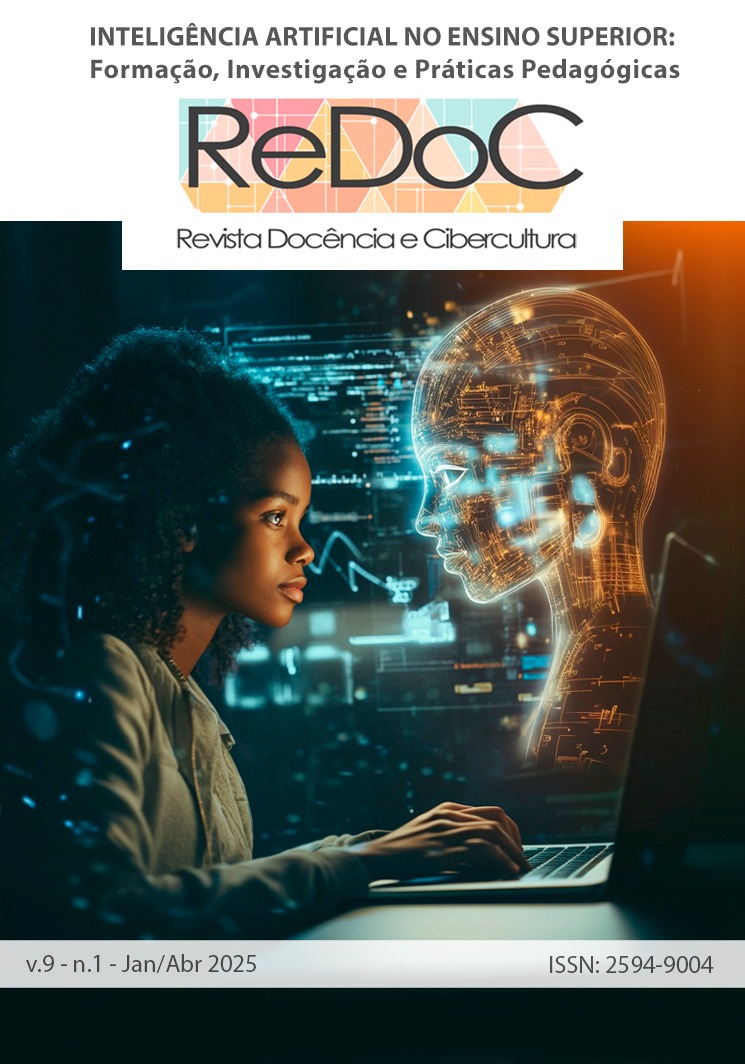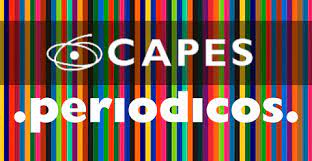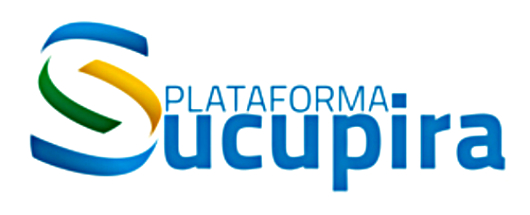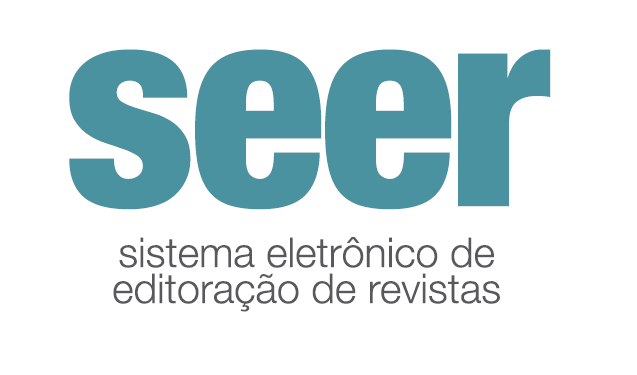CHATGPT E EDUCAÇÃO: CONTRIBUIÇÕES DO PENSAMENTO DE GILBERT SIMONDON
DOI:
https://doi.org/10.12957/redoc.2025.83788Resumo
O pensamento de Gilbert Simondon é centralizado em sua abordagem da técnica como mediadora nas relações entre os seres humanos e a natureza, atribuindo-lhe uma ontologia própria. Em contraposição à visão tradicional que trata a tecnologia como mera ferramenta a serviço de uma ideologia, Simondon destaca a importância de compreender a técnica como uma entidade autônoma, dotada de características próprias e coextensiva à condição humana. De natureza teórico-reflexiva, este artigo tem por objetivo uma análise crítica que busca conectar as proposições de Gilbert Simondon sobre a técnica com as novas fronteiras abertas pelas inteligências artificiais generativas, como o ChatGPT, na Educação. Ao fazê-lo, visa-se não apenas compreender o papel dessas tecnologias no contexto educacional contemporâneo, mas também estimular debates e pesquisas que contribuam para uma abordagem mais ampla e aprofundada das relações entre humanos, tecnologia e aprendizagem. Inicialmente, são apresentadas as principais concepções de Simondon acerca da existência dos objetos técnicos, destacando sua ontologia peculiar e seu papel como mediadores nas interações entre humanos e o ambiente. Em seguida, é feita uma breve explanação sobre a gênese do ChatGPT, ressaltando seu desenvolvimento como uma forma avançada de inteligência artificial capaz de gerar respostas complexas baseadas em análise de grandes volumes de dados. Por fim, são tecidas reflexões sobre as possibilidades de pesquisas envolvendo o ChatGPT na Educação.
Downloads
Publicado
Como Citar
Edição
Seção
Licença
Copyright (c) 2024 Revista Docência e Cibercultura

Este trabalho está licenciado sob uma licença Creative Commons Attribution-NonCommercial-ShareAlike 4.0 International License.
Autores que publicam nesta revista concordam com os seguintes termos:- Autores mantém os direitos autorais e concedem à revista o direito de primeira publicação, com o trabalho simultaneamente licenciado sob a Creative Commons Attribution License que permitindo o compartilhamento do trabalho com reconhecimento da autoria do trabalho e publicação inicial nesta revista.
- Autores têm autorização para assumir contratos adicionais separadamente, para distribuição não-exclusiva da versão do trabalho publicada nesta revista (ex.: publicar em repositório institucional ou como capítulo de livro), com reconhecimento de autoria e publicação inicial nesta revista.
- Autores têm permissão e são estimulados a publicar e distribuir seu trabalho online (ex.: em repositórios institucionais ou na sua página pessoal) a qualquer ponto antes ou durante o processo editorial, já que isso pode gerar alterações produtivas, bem como aumentar o impacto e a citação do trabalho publicado (Veja O Efeito do Acesso Livre).



















